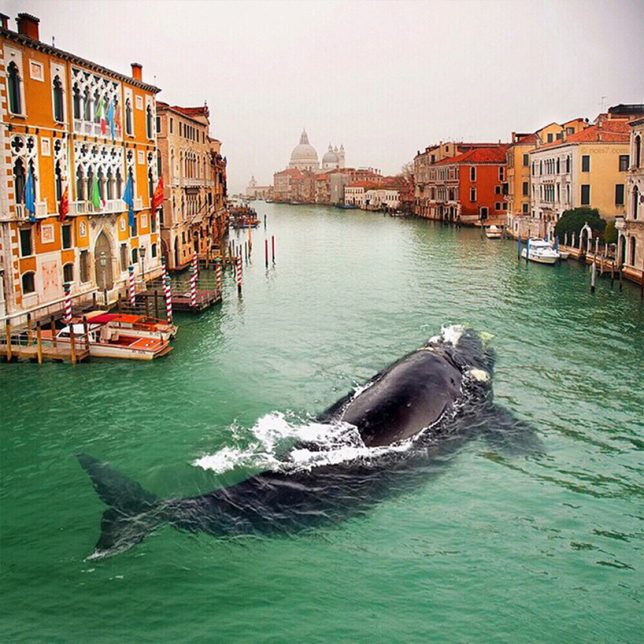


Breton claimed that automatic writing, for one thing, “tends to ruin once and for all all other psychic mechanisms and to substitute itself for them in solving all the principal problems of life.”Īs hyperbolic as that sounds, it anticipates the hype frequently deployed today to justify a similar sort of passivity. Uninhibited by a rationalistic need to make sense or link causes to effects, automatic writing can surprise us with the intentions and connections we discover retroactively in what might otherwise seem like random gibberish or the product of sheer coincidence. For Breton, this radical abdication technique was a breakthrough it allowed writers to seemingly repudiate intentionality and ambition and become “simple receptacles” and “modest recording instruments.” Not only did this thwart any debasing, approval-seeking tactics on the part of the artist, it offered the “superior reality of certain forms of previously neglected associations, in the omnipotence of dream, in the disinterested play of thought.”ĭeep Dream Generator: Starry Night – Reworked, 2022, dimensions variable, digital file. In Breton’s view, this approach to creation was democratizing he proclaimed in the 1933 essay “The Automatic Message” that “it is to the credit of Surrealism that it has proclaimed the total equality of all ordinary human beings before the subliminal message, that it has constantly insisted that this message is the heritage of all.” It was also (somewhat absurdly, given Breton’s manifest egomania) a means of escaping individualist egotism: Michel Carrouges, the author of an early sympathetic study of Surrealism, goes so far as to say that Breton discovered the “natural link” between “personal unconscious, collective unconscious, and even cosmic unconscious.”īreton’s flash of inspiration would coalesce into the inaugural Surrealist method of automatic writing, the attempt to outflank the conscious mind by scribbling words or doodles down faster than the speed of thought. “Let yourself be carried along,” Breton declares, “events will not tolerate your interference.” Breton concludes that “poetic construction” should be a matter not of will but of surrender: You can assume an aesthetic distance from yourself and become a spectator to your own thought process, ideally a detached connoisseur of it. What mattered was not the content but the loss of conscious control over the language that was coming to him. The ARTnews Guide to Abstract Expressionism

Trove of Never-Before-Seen Photographs by Surrealist Artist Dora Maar Heads to Auction in Paris
#Surrealism warped reality series#
No sooner had I granted it this capacity than it was in fact succeeded by a whole series of phrases, with only brief pauses between them, which surprised me only slightly less and left me with the impression of their being so gratuitous that the control I had then exercised upon myself seemed to me illusory and all I could think of was putting an end to the interminable quarrel raging within me. I realized I was dealing with an image of a fairly rare sort, and all I could think of was to incorporate it into my material for poetic construction. IN THE ORIGIN STORY FOR SURREALISM that André Breton provides in his 1924 manifesto, he claims that “a rather strange phrase” came to him in the hypnagogic state before sleep: “There is a man cut in two by the window.” Easy as it is to link the phrase with Surrealism’s preoccupation with transgressing binaries and seeking passages between life’s apparently divided aspects (what if dreams are real and reality a dream?), Breton seems to ignore the phrase’s substance to fixate on the means of its arrival:


 0 kommentar(er)
0 kommentar(er)
